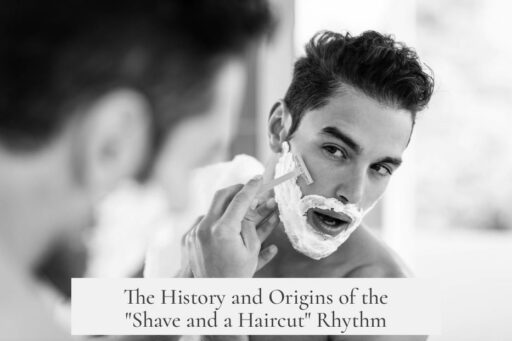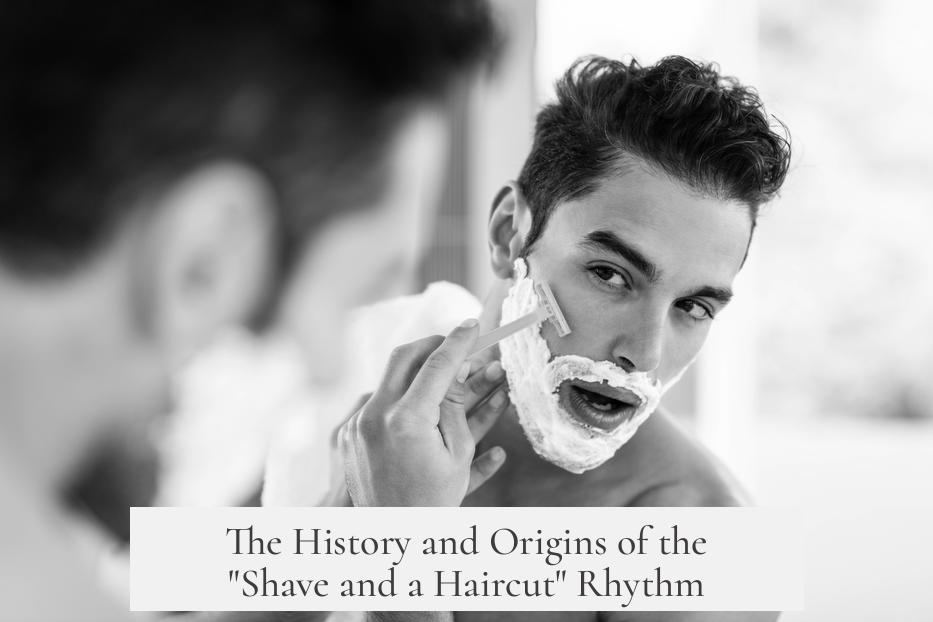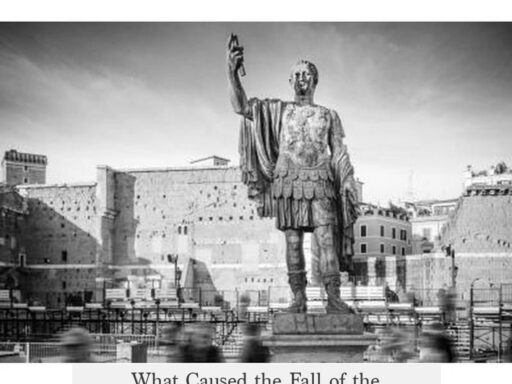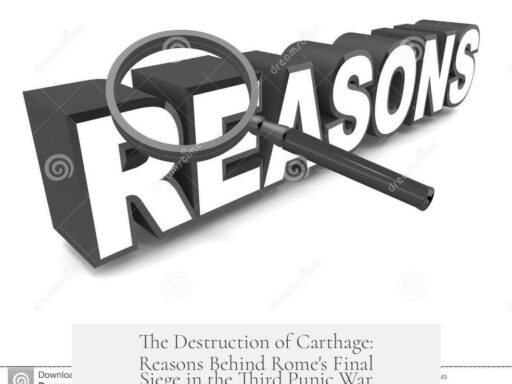The origin of the “Shave and a Haircut” rhythm/tune traces back to at least the late 19th century, with its earliest documented appearance in the 1899 cakewalk composition “At A Darktown Cakewalk” by Charles Hale. However, the precise source and evolution of this catchy rhythm remain uncertain due to challenges in research, oral traditions, and cultural transmission from African American and possibly Yoruba influences.
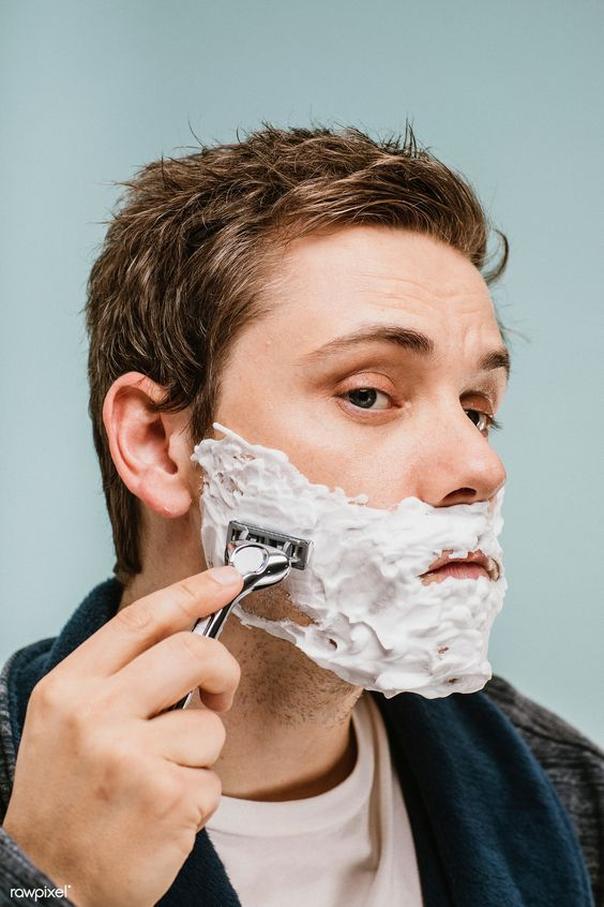
Tracing the origin of “Shave and a Haircut” faces numerous difficulties. Musical information is notoriously hard to date and search. Sheet music copies exist in thousands, making pinpointing the earliest version demanding. Digital and library searches often overlook informal or oral traditions, especially from marginalized communities.
Most early evidence for the rhythm appears in “At A Darktown Cakewalk,” composed by Charles Hale in 1899. This tune incorporates the “Shave and a Haircut” pattern distinctly at the end of some verses. However, little is known about Hale himself. Confusion arises because a later composer also named Charles Hale complicates biographical searches. The “Darktown” area referenced was an African American neighborhood in Atlanta, suggesting a Black cultural origin for the tune’s rhythm.

It is unclear whether Hale genuinely created this phrase or transcribed a pre-existing melody he heard within Black communities. The cakewalk style, rooted in African American culture, often featured syncopated and rhythmic musical figures that influenced popular music forms. This context makes it plausible that Hale either adapted a local oral tradition or delivered an original arrangement that fit the dance and lyrical nature of the cakewalk.
Scholar James J. Fuld credits Hale’s 1899 work in his 2000 book as the earliest verifiable source for the tune. However, Fuld’s research origins are somewhat opaque and may have overlooked even earlier renditions. Because “Shave and a Haircut” functions as a musical meme, it likely existed orally before notation, complicating easy attribution.

There is speculation about ties to African, specifically Yoruba, musical traditions. The cultural background of African American slaves included numerous rhythmic elements potentially preserved through generations. Unfortunately, 18th and 19th-century musical studies seldom analyzed African slave music, partly due to racial prejudices of the era. This gap means researchers cannot definitively link the rhythm to African roots, though it is reasonable to infer some influence.
The cakewalk itself originated in Black American musical culture, blending African rhythms with European musical forms during and after slavery. This makes a Yoruba or broader West African rhythmic ancestry possible but impossible to document conclusively. The rhythm might represent either a preserved traditional pattern or a new creation inspired by those cultural memories.

Another viable explanation is that Charles Hale composed the “Shave and a Haircut” ending for lyrical or musical effect. It is simple and memorable, making it effective as a closing phrase for tune verses. If true, the rhythmic phrase became popular partly because of its catchy, satisfying resolution.
The complexities of oral tradition, racial and cultural histories, and scarce early documentation ensure the rhythm’s true origins will likely remain debated. The tune’s widespread use in popular culture demonstrates its lasting appeal, regardless of its murky beginnings.

| Aspect | Details |
|---|---|
| Earliest Recorded Version | “At A Darktown Cakewalk” by Charles Hale, 1899 |
| Musical Style | Cakewalk, African American origin |
| Possible Roots | Oral traditions in Black American communities, possible Yoruba/African influence |
| Research Challenges | Oral tradition, lack of early sheet music, racial bias in historical studies |
| Alternative Theories | Original composition by Hale as a catchy lyrical ending |
- “Shave and a Haircut” rhythm first appeared in 1899 cakewalk music by Charles Hale.
- The tune likely descended from African American oral traditions linked to cakewalk culture.
- Its possible African (Yoruba) roots remain speculative due to limited historical analysis.
- The rhythm might be an original composition by Hale designed for musical effect.
- Definitive origin is unknown, hindered by research and cultural transmission complexity.
What’s the Origin of the “Shave and a Haircut” Rhythm/Tune?
The origin of the iconic “Shave and a Haircut” rhythm/tune is uncertain but is often linked to the 1899 cakewalk tune “At A Darktown Cakewalk,” attributed—though not definitively—to a composer named Charles Hale. But, as with many catchy musical snippets, tracing its roots is tricky business.
So, where does this familiar knock-knock-knock knock-knock melody come from? Let’s dive in and unravel the mystery behind this rhythm that’s as persistent as that one catchy song stuck in your head for days.
The Challenges of Dating a Musical Meme
Trying to nail down the origin of “Shave and a Haircut” feels a bit like hunting a shy cat—sneaky, elusive, and prone to disguises. Musical information is notoriously hard to search through, especially for a tune that’s been passed around, hummed, and knocked rather than formally documented. You can’t just Google search the rhythm or sift easily through centuries of sheet music. Even if you do spot sheet music, it might not represent the ear of origin but rather a later transcription.
Add to this the uncertainty of what really counts as “origin.” Is it the first person who jotted it down? Or the community that passed it orally? Questions like these make the origins fuzzy.
1899’s “At A Darktown Cakewalk” Holds a Clue
The earliest notable example of something very close to “Shave and a Haircut” appears at the end of verses in “At A Darktown Cakewalk,” a tune from 1899. You can hear it for yourself here. Towards the end of some verses, the rhythm emerges like an eager guest arriving just in time to the party.
The composer credited is Charles Hale, but this might open a can of mystery worms. There were multiple Charles Hales, making it hard to connect him clearly, especially to the Black Atlanta neighborhood called Darktown where the tune got its name. Maybe Hale heard this rhythm in Atlanta and simply set it on paper, or maybe he cooked up the whole thing himself. The truth sits in a gray zone between oral tradition and written record.
The Scholarly Angle: Fuld’s Research and Its Limits
Wikipedia credits this origin story to Hale based on research by James J. Fuld, a musicologist whose 2000 book on world-famous music mentions Hale’s connection. But Fuld didn’t fully reveal his sources, making it a bit of a black box. So, there’s room for doubts about whether this is the very first origin or just the earliest known documentation.
Researchers have a tough job here—these tunes travel informally, often escaping formal capture. It’s quite fortunate we have anything at all dated back to 1899.
Could African and Yoruba Roots Shape the Rhythm?
Looking back even further is trickier still. Some scholars speculate about a connection with African musical traditions, particularly those from the Yoruba people. This ties into the broader cultural transmission of rhythmic patterns through Black American culture, including the cakewalk itself, which originated among African Americans.
Unfortunately, prejudice and lack of formal research in the 18th and 19th centuries mean very little musical analysis exists from enslaved communities. So, while it’s possible the rhythm carries ancestral beats from Yoruba or West African traditions, confirming this definitively is nearly impossible.
Was the rhythm preserved through centuries of hardship, evolving quietly until it came into popular view? Quite possibly. But we can’t point to a single moment or place with certainty.
Maybe It Was Just a Clever Composition After All
Another theory — less globe-trotting but maybe more practical — is that Charles Hale composed the catchy ending himself. Sometimes songs simply need a memorable close, and the “Shave and a Haircut” rhythm fits the bill perfectly. Think of it as the musical equivalent of a mic drop or a perfect punchline.
Perhaps Hale didn’t borrow; he created. That, too, is a valid piece of the puzzle.
So, What’s the Verdict?
Unsurprisingly, the full story of “Shave and a Haircut” remains a bit of a black box, wrapped in oral traditions, patchy documentation, and cultural transmission’s twists and turns. From a historical standpoint, the tune probably emerged from Black American culture in the late 19th century, with roots that might extend deeper into African musical heritage.
This rhythm is more than just a catchy ending—it’s a small but rich thread in the tapestry of music history, highlighting how melodies move and evolve beyond paper, across generations and continents.
So next time you hear or tap along to “Shave and a Haircut,” remember: you’re partaking in a rhythmic journey that may span centuries and cultures—even if the exact path remains a little mysterious.
Practical Takeaways and Fun Thoughts
- Want to explore the rhythm? Try tapping it out: knock-knock-knock, knock-knock.
- Think about how many melodies we enjoy might be part of oral traditions or folk legacies unrecorded in writing.
- Next time someone knocks on your door with that rhythm, you can impress them by sharing its fascinating, if fuzzy, history.
In the world of music, some mysteries are half the charm. And “Shave and a Haircut” certainly knows how to keep us guessing while tapping our feet.
What is the earliest known appearance of the “Shave and a Haircut” rhythm?
The rhythm first appeared clearly in the 1899 cakewalk tune “At A Darktown Cakewalk.” It ends some verses with a pattern recognizable as “Shave and a Haircut.”
Who is Charles Hale and what is his connection to the tune?
Charles Hale is credited with composing “At A Darktown Cakewalk.” He may have simply notated a melody heard in Atlanta or created the tune himself. Details about his identity and role remain unclear.
Could the rhythm have origins in African or Yoruba musical traditions?
The cakewalk and its rhythms likely trace back to Black American culture, possibly influenced by Yoruba traditions. However, lack of early musical analysis and historical prejudice make this hard to confirm.
Why is it so difficult to determine the true origin of the “Shave and a Haircut” tune?
Origins are uncertain due to the tune’s oral tradition roots, limited written records, cultural transmission through slavery, and ambiguous authorship, making definitive research nearly impossible.
What role did scholarly research play in tracing the tune’s history?
Research like James J. Fuld’s book brought attention to the 1899 source. However, Fuld’s citations are not fully transparent, so earlier origins might exist but remain undiscovered.
